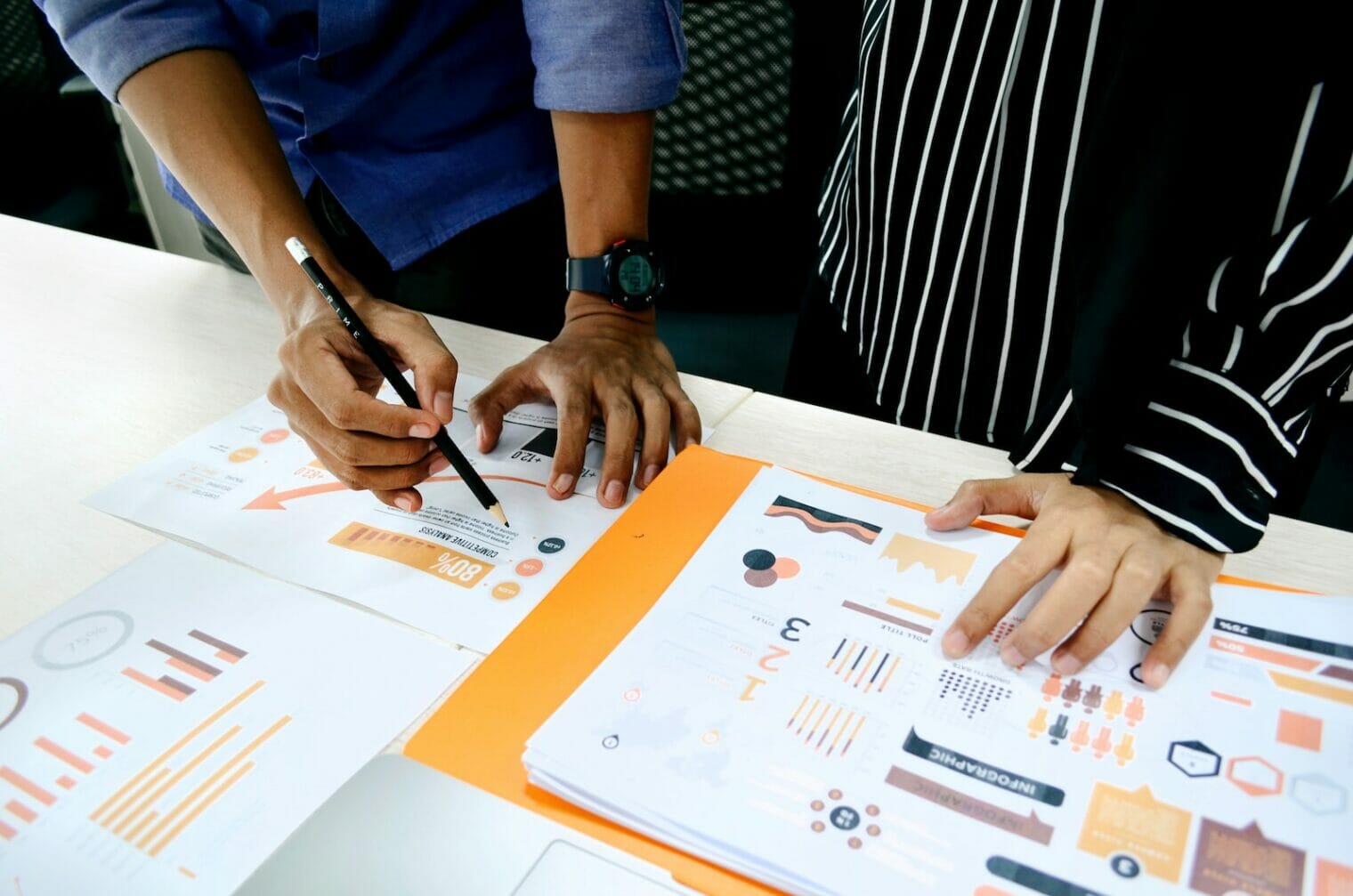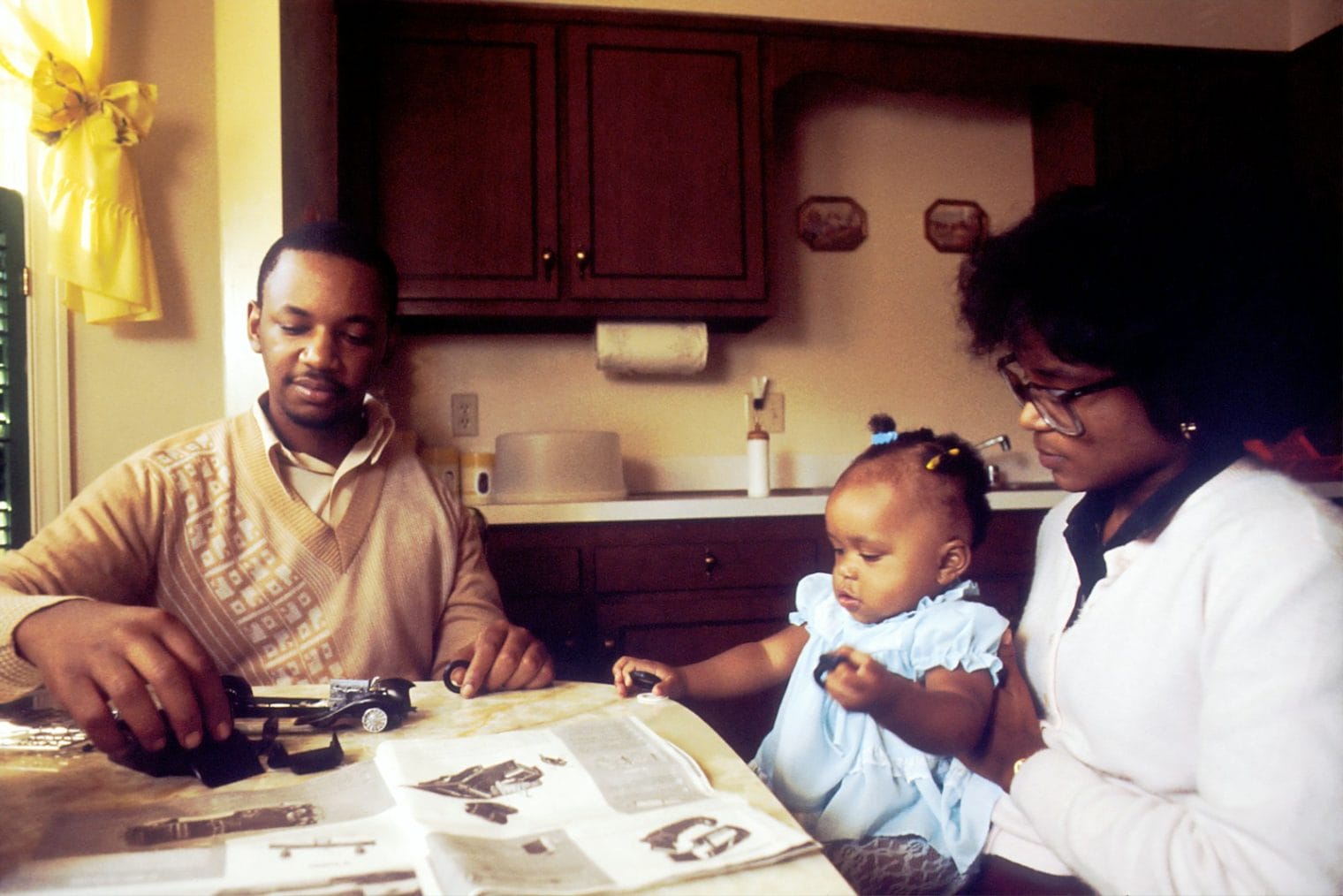Your cart is currently empty!
Treasure Chest – Performance-based Rewards
MyCuraJOY’s payout rate is designed specifically to maximize motivation and facilitate behavior change. It’s also important to note that MyCuraJOY doesn’t require 100% success for full treasure chest award qualification. Perfectionism impedes long-term personal growth, and we value progress and effort towards the right direction in order to maximize our quester’s life potential.
- 94 – 100% = full payment + gamification points
- 87-93% success rate = 90% awarded to quester + 3.5% fees to curaJOY + 7.5% credit back to the funding ally
- 76-86% success rate = 80% awarded to quester + 3.5% fees to curaJOY + 17.5% credit back to the funding ally
- 65-75% success rate = 70% awarded to quester + 3.5% fees to curaJOY + 26.5% credit back to the funding ally
- 55-64% success rate = 35% awarded to quester + 3.5% fees to curaJOY + 62.5% credit back to the funding ally
- 54% and below = 0% awarded to quester + 2.5% fees to curaJOY + 97.5% credit back to the funding ally
All unrewarded treasure chest balances are kept in funding allies’ accounts for use for future quests or coaching services.
Questers redeem their treasure chest (don’t expire) in digital gift cards they choose (i.e. prepaid visa, amazon, target, itunes, playstation, etc.) in amounts they choose. Gift card offerings vary per country.
Responses to “Treasure Chest – Performance-based Rewards”
nqZrm6ftKx9
lPf9JUtRRrc
FYpk5RxoIVu
HSXRSfPpk9v
Thanks for sharing. I read many of your blog posts, cool, your blog is very good.
Your article helped me a lot, is there any more related content? Thanks!
Thanks for sharing. I read many of your blog posts, cool, your blog is very good.
Your article helped me a lot, is there any more related content? Thanks!
Your point of view caught my eye and was very interesting. Thanks. I have a question for you.
Thank you for your sharing. I am worried that I lack creative ideas. It is your article that makes me full of hope. Thank you. But, I have a question, can you help me?
Touched by what you read? Join the conversation!
-

Learning Differences In Asian Students
Studies have shown that learning differences are as common among Asians as they are among other countries. Between 5% and 9% of the general population is impacted while approximately 6.3% of Chinese children live with ADHD, nearly 1% live with autism, and 11.32% of Indians, 26.2% of Indonesian, 2.49% of Pakistani, and 7.7% of Japanese children live with ADHD.…
-

Applied Behavior Analysis (ABA)
Applied Behavior Analysis, or ABA, is the scientific foundation of the FBA. ABA is primarily concerned with assessing behavior in the context of the event that immediately precedes it (antecedent) and its consequence, which is the event that occurs following the behavior. By analyzing the relationship between antecedent, behavior, and consequence (ABC), clinicians are able…
-

Disparities In Access To Behavioral Healthcare
Social-emotional and behavioral health services are not widely available to the general public, and there is a critical shortage of behavioral healthcare providers. For example, as it stands, the behavioral health workforce needs to double in order to serve autistic children in need. People with low income, Asians, Pacific Islanders, BIPOC, and those living in…
Read more >> about Disparities In Access To Behavioral Healthcare




Leave a Reply